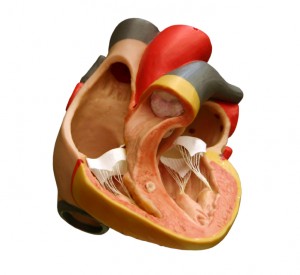Predicting the risk of heart problems and the need for prolonged respirator treatment after heart surgery is now possible before the patient enters the operating theatre.
“Our models may be used to identify high-risk patients in order to provide a basis for a meaningful informed consent; for making decisions on whether or not to recommend surgery; and to weight between risk and benefit for an individual patient,” says PhD candidate Yunita Widyastuti at the Department of Laboratory Medicine, Children’s and Women’s Health (LBK) at NTNU.
The three models for predicting heart problems (cardiac dysfunction), prolonged need for respirator treatment (mechanical ventilation) and length of intensive care unit (ICU) stay, are said to be more accurate for Norwegian patients than previous models. This is because they were developed using patient data from approximately 5000 heart patients operated at St. Olavs Hospital in Trondheim over the period 2000-2007.
The ICU model, although fairly accurate, is less useful however, as the length of stay in intensive care tends to depend on hospital policy.
All three models are based on similar heart-related variables as previous models, but the variables are weighted differently making them more accurate for Norwegian patients, Widyastuti explains.
Viva
Yunita Widyastuti will defend her thesis “Risk factors for common complications following adult heart surgery” at 12.15 on 13. December, 2012, in the MTFS Auditorium at NTNU.
A trial lecture titled “The impact of blood product transfusion on mortality and morbidity after cardiac surgery” will be held in the same place at 10.15 am.
Related publications
- Length of intensive care unit stay following cardiac surgery: is it impossible to find a universal prediction model? Widyastuti Y, et.al.
- Preoperative and intraoperative prediction of risk of cardiac dysfunction following open heart surgery. Widyastuti Y et.al.
- Pre-operative and intraoperative determinants for prolonged ventilation following adult cardiac surgery. Widyastuti Y, et.al.

